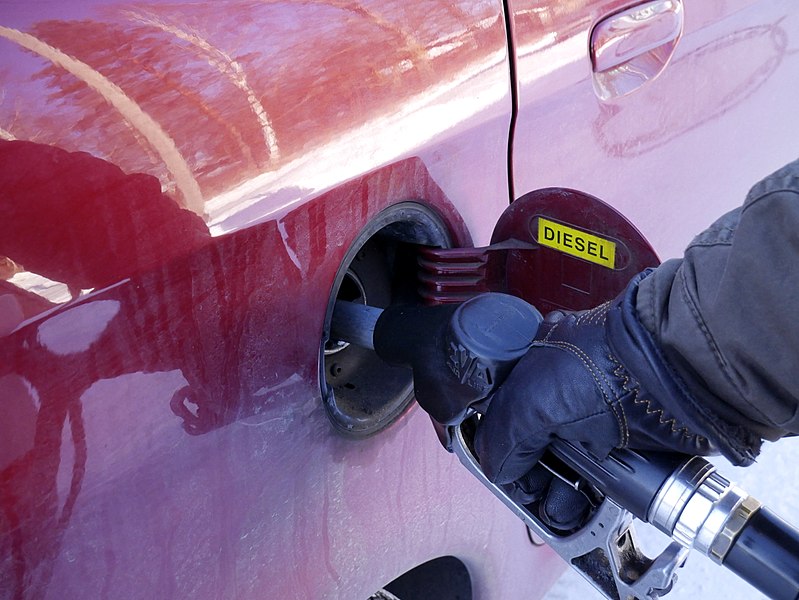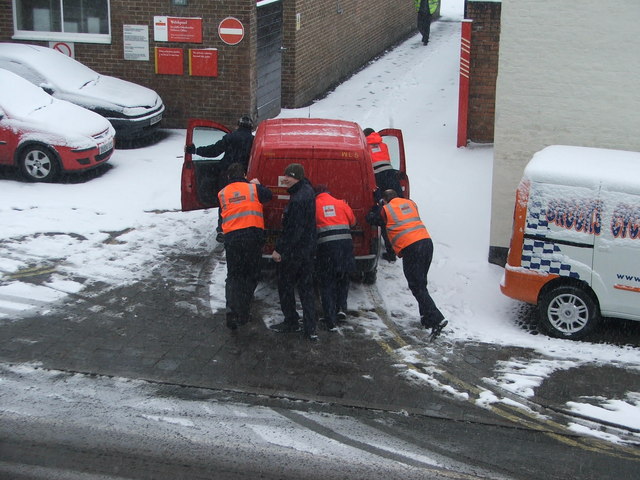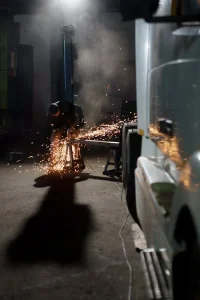Summary
– Focus on the diesel power supply
– Step 1: Be far-sighted
– Step 2: Recognize the symptoms of a fuel failure
– Step 3: Take action if your vehicle is immobilized
– Step 4: Restart your diesel car
Running out of fuel in a diesel car is often problematic: while in a gasoline engine, it is enough to add fuel and activate the starter for a few seconds to run the engine, this is not the case with diesel, due to the nature of its fuel and fuel system.
Here’s what to do if you run out of diesel fuel.
Focus on diesel fuel supply

The peculiarity of the diesel engine is its power supply system, which is variable in principle. Unlike the gasoline engine, which has no difficulty restarting, and whose power supply consists of an electric pump in the tank that sends the fuel under pressure to the injectors (indirect injection) or a high-pressure pump (direct injection), the diesel system has at least two different solutions, which will be decisive in the attitude to adopt in the event of a breakdown.
The vacuum supply system
Diesel fuel is conveyed from the tank by a mechanical transfer pump that is an integral part of the high pressure (HP) pump, mechanically driven by the engine. As a result, the tank’s supply circuit to the HP pump is under negative pressure or vacuum.
If air enters the circuit (diesel fuel filter replacement or diesel fuel failure), the system must be vented and re-primed. This type of circuit can be recognized by a manual priming pump (although the presence of this pump is not systematic).
The pressure supply circuit
This technological choice, fundamentally different from the first one, opts for an electric pump immersed in the tank, sending the diesel under pressure to the high-pressure pump. Theoretically, this solution facilitates the re-priming of the supply system; however, depending on the manufacturer, purging the circuit and restarting it after a diesel fuel failure can still be laborious.
1. Be far-sighted
Here are a few tips to be prepared for possible fuel failures:
– Under normal circumstances, replace the fuel filter yourself and evaluate the restart procedure. For example, for some vehicles, the accessibility and easy opening will allow you to fill it manually and facilitate restarting.
– In the same way, knowledge of the procedure will make it possible to take small equipment on board for troubleshooting.
For example, some systems require a by-pass between the supply circuit and the return circuit to the tank to purge the system. Preparing a hose equipped with the appropriate quick couplings with a clamp will help you efficiently on the roadside for the restart.
2. Recognize the symptoms of a diesel fuel failure
The first warning signs
They will result in the low position of the fuel gauge and the implementation of the alert message. From then on, knowing that the range is 50 to 80 km, vigilance is required:
– Plan the refuelling: it is a question of evaluating the remaining distance to reach a station. Depending on where you are in the area, it may be necessary to stop very early to refuel; otherwise, you may not find a service station in time.
– Drive economically:
◦ Do not accelerate suddenly.
◦ Do not drive with a full engine load (accelerator pedal at full throttle).
◦ Take advantage of downhill sections to drive with your feet up and build momentum for the next uphill section.
◦ Avoid using cruise control, which may brake on a downhill run and accelerate to maintain speed on a hill.
– If necessary, change your route to drive more economically or get to a station faster.
Important: It is strongly discouraged for a diesel vehicle to drive with reserve. The injection components (HP pump, injectors, etc.) are susceptible and can be destroyed by the ingestion of water and impurities at the tank’s bottom. Injector seizure can seriously damage the engine.
You feel jolts
When there are jolts, the situation is serious. You still have between 1 and 3 km of autonomy, and if no station is insight, you are already out of order. Before this one, take the following measures:
– Reduce your speed.
– Turn on your hazard warning lights.
– If you are on an expressway, carefully turn right.
– Be prepared to park in the first parking spot or shelter (which will be more convenient for you).
This post will now continue in part 2 in our next publication by this week itself. Stay posted, and remember to leave your comments below.





One thought on “What to Do if I Run Out of Diesel (Part 1)”